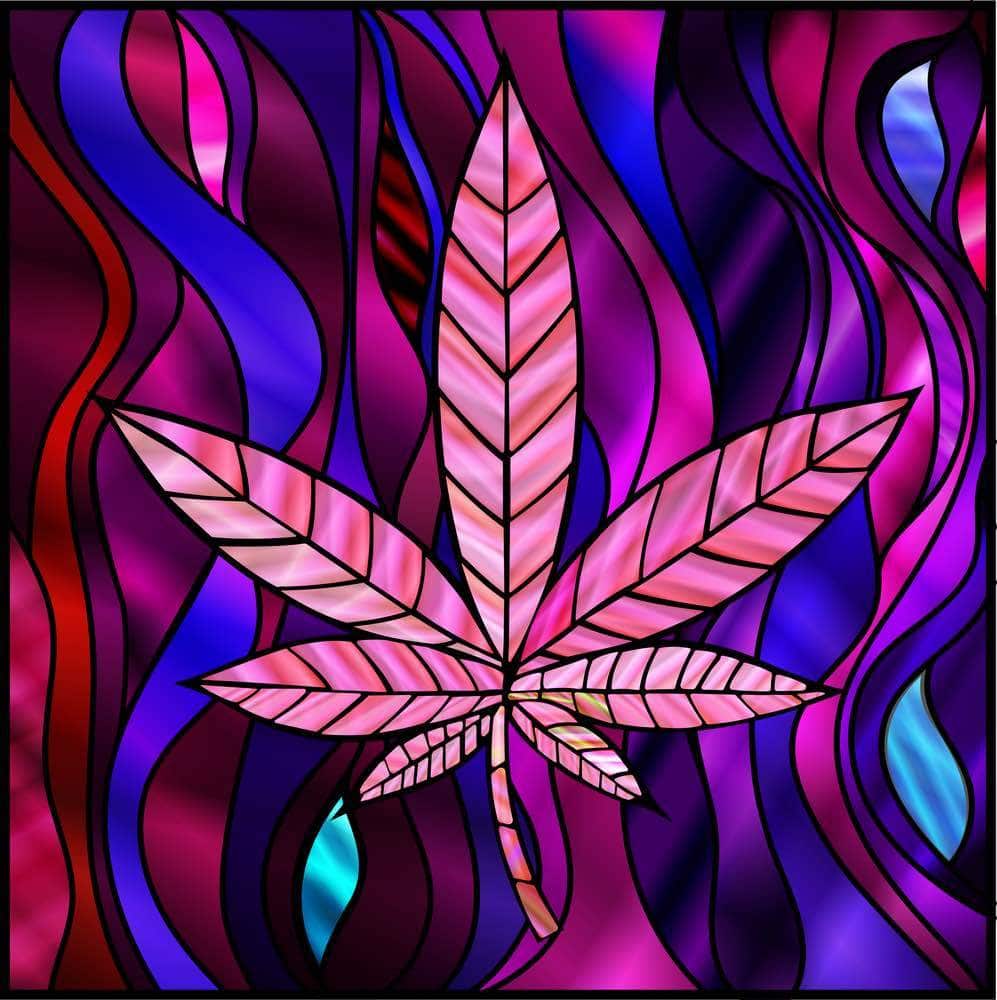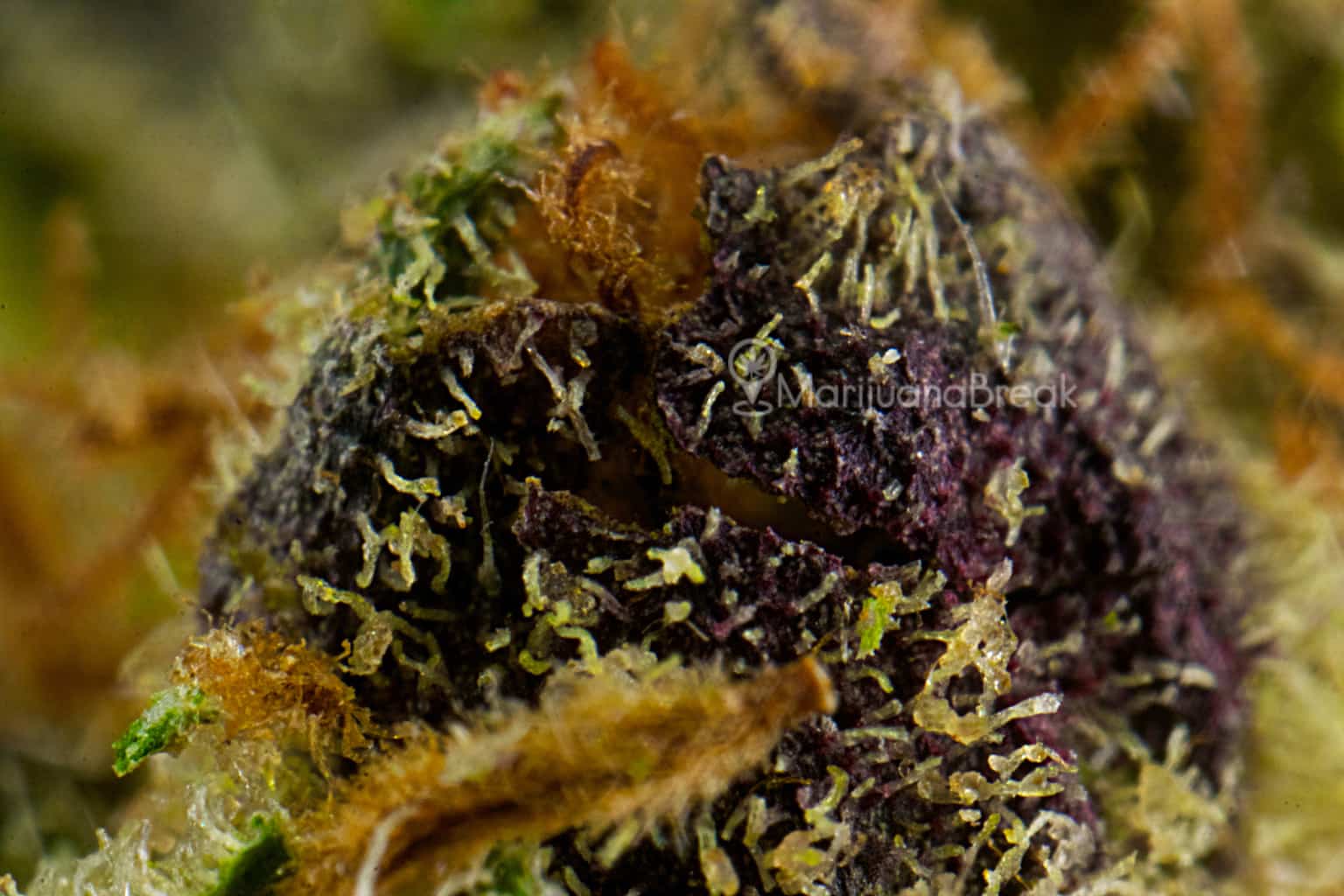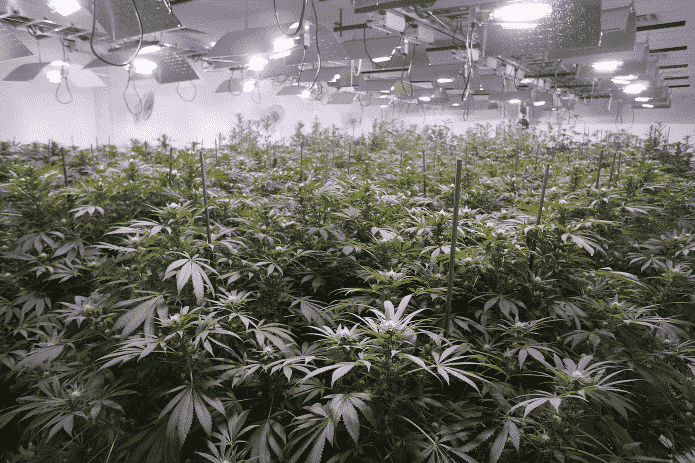For some cannabis growers, creating purple marijuana plants is their Holy Grail. The primary reason is that it is aesthetically pleasing. Showing the ability to cultivate purple weed also helps showcase your skills as a grower. However, don’t assume that the purple plants you create are somehow ‘superior’ to weed with the traditional ‘green’ color.
One popular misconception is that purple marijuana is more potent. In reality, it all depends on the strain.
Granddaddy Purple is one of the most famous cannabis strains around, and it is incredibly potent. However, like a plant’s coloring, its potency is based on genetics. Some purple weed is powerful; some offer an average THC level.
In this guide, we provide you with a concise guide to growing purple cannabis. This includes the right and wrong ways to proceed. First, let’s look into the factors that determine a marijuana strain’s color.
What Causes a Cannabis Strain to Turn a Certain Green or Purple?
You’ll notice that most cannabis plants are green. Like most other plants, weed uses a pigment called chlorophyll to convert light into energy, which it uses to grow. Plants don’t have a use for the light spectrum’s green wavelength. Chlorophyll seems to have a green color because it absorbs all colors but reflects green back. This is why the majority of vegetation is green.

However, plants use an assortment of other pigments to turn sunlight into energy. These include anthocyanins, which absorb all wavelengths from the sun except colors in the indigo spectrum. This is what gives plants a purple tint. Therefore, purple plants have anthocyanins as the dominant pigment instead of chlorophyll.
What Parts of the Cannabis Plant Change Color?
Here are the four main parts that offer colors apart from green:
- Leaves: Your plant’s fan and sugar leaves can change color, but won’t have much of an effect on the color of the bud. It is perhaps the leaves that provide the most striking appearance when purple pre-harvest.
- Pistils: These are the hairs that come out of the buds and let you know your plant is female. In general, they begin with a white hue, before turning brown, red, or orange. However, they can become purple or pink. Best of all, the color remains after you have harvested, cured, and dried your weed!
- Calyxes: These small pods comprise your buds. Hundreds of calyxes stacked upon one another make up the cannabis flowers.
- Trichomes: These tiny crystals cover the buds and usually begin with a glistening frosty white color. As harvest time comes and goes, the trichomes become amber. However, you can turn them purple.
3 Steps to Growing Purple Cannabis
There are ways to boost the purple coloring on your marijuana. However, without the right genetics, you have no chance of succeeding.
1 – Choose Purple Genetics
The genetics of a strain has the most significant impact on the final color. If you pick cannabis that doesn’t have a propensity to turn purple, you are wasting your time. Genetics also plays a considerable role in THC or CBD content and flavor. Here are a few good options to consider:
- Granddaddy Purple
- Purple Queen
- Frisian Dew
- Purple Trainwreck
- Smooth Smoke
You also need to pick a strain in which as many parts of the plant as possible are colorful. Ideally, the plant will have purple pistils and calyxes.
A good tip is to look for intense purple buds as these provide maximum color after the drying and curing process. These deeply colored strains are sometimes called ‘black’ strains and are more vibrant when dried and cured. Once again, it is best if the color goes through the buds.
Remember that your buds will lose color after trimming, so take this into account.
2 – Adjust the Temperature
Some colorful strains only show their magnificence when the grow room temperature is a few degrees cooler at night than during the day. Ideally, you will perform this process during the flowering stage. Keep the daytime temperature between 75- and 80-degrees Fahrenheit. Move it down to the 65-70-degree range at night. Colder temperatures cause chlorophyll production to slow down and encourages the strain to produce more anthocyanins.

However, certain strains don’t react to this tactic. Some, like Panama, change color regardless of the temperature because of its genetics. Querkle, on the other hand, is more likely to show its color with warmer days and standard night temperatures.
3 – Use Powerful Lighting
Certain purple strains produce a more vivid color after exposure to intense, direct lighting on the leaves and buds. This is a method you need to experiment with to see if a specific strain reacts. Keep a close eye on your weed to ensure it doesn’t suffer from light burn. This is a risky proposition and isn’t necessary if you pick strains with the right genetics, to begin with.

Is There Anything Else That Can Help Turn Cannabis Purple?
Few other methods are tried. However, there is a suggestion that pH content matters. In the plant world, there are species that change color based on the pH level at the roots. More research is needed as it is a rarely attempted tactic.
One seed producer claims that one of its strains produces reddish or pink pistils when the soil pH is close to 7.0. You could try it for yourself, but it is difficult to know if you need more a more acidic or alkaline growing medium.
Otherwise, there is little more to it! Pick the right genetics and play around with slightly lower nighttime temperatures. You could also try the lighting tip but approach with caution. Also, it is best to grow the weed indoors, as it is easier to control conditions.
What to Avoid When Growing Purple Cannabis
There are several myths and falsehoods attributed to cultivating purple marijuana. While some are silly, others are downright dangerous to your plant. One such suggestion is that you should deprive your plants of CO2 or oxygen.
Another is that adding extra nitrogen to the soil will help your plants turn a deeper shade of purple. This process could lead to a color change. Unfortunately, it relates to the sickly yellow hue associated with a nutrient burn!
Yet another unhelpful method is to reduce phosphorus intake. Messing around with nutrients will only lead to trouble.
In addition, you should only decrease the night time temperature by a maximum of 15 degrees Fahrenheit. Some growers believe that plunging it 30+ degrees will lead to purple cannabis. What’s more likely is that your plants go into shock. At best, your crop’s growth is stunted. The worst-case scenario is dead plants!
Finally, please avoid adding artificial dye! The color of the harvest is genetically encoded. Marijuana strains that are not predisposed to turning purple won’t. The only thing you’ll achieve by adding purple dye to the buds is the potential increased consumption of toxins.
Final Thoughts on Growing Purple Marijuana
Ultimately, there is no magic formula that turns weed purple. It all depends on a plant’s genetics. Don’t purchase Green Crack, Green Door Kush, or Green Dream in the hope you can turn it purple. Instead, focus on the following:
- Purple Kush
- Ayahuasca Purple
- Purple Haze
- Shaman
- Purple #1
The purple color is all about the anthocyanin content of the strain. Without it, you can’t expect to enjoy the gorgeous purple weed you crave.
Finally, there is no reason to become obsessed with purple cannabis outside of bag appeal. There is no scientific evidence that it is any stronger or better than traditional ‘green’ marijuana. If a seller tries to claim that purple bud is better, you should ignore them and find a new dispensary!




![8 Tips for Growing NYC Diesel Marijuana [Grower’s Guide]](https://wayofleaf.com/wp-content/uploads/2019/01/wol-banner-8-tips-for-growing-nyc-diesel-marijuana-640x225.jpg)
![8 Tips for Growing Purple Urkle [Grower’s Guide]](https://wayofleaf.com/wp-content/uploads/2019/01/wol_growing-purple-urkle-marijuana-640x225.jpg)




![Best Soil for Growing Weed [The Grower’s Guide]](https://wayofleaf.com/wp-content/uploads/2018/08/wol_1920x450-10-640x225.jpg)
![How to Use Neem Oil for Cannabis Plants [Organic Pest Control]](https://wayofleaf.com/wp-content/uploads/2020/07/wol-banner-neem-oil-for-cannabis-plants-640x225.jpg)
